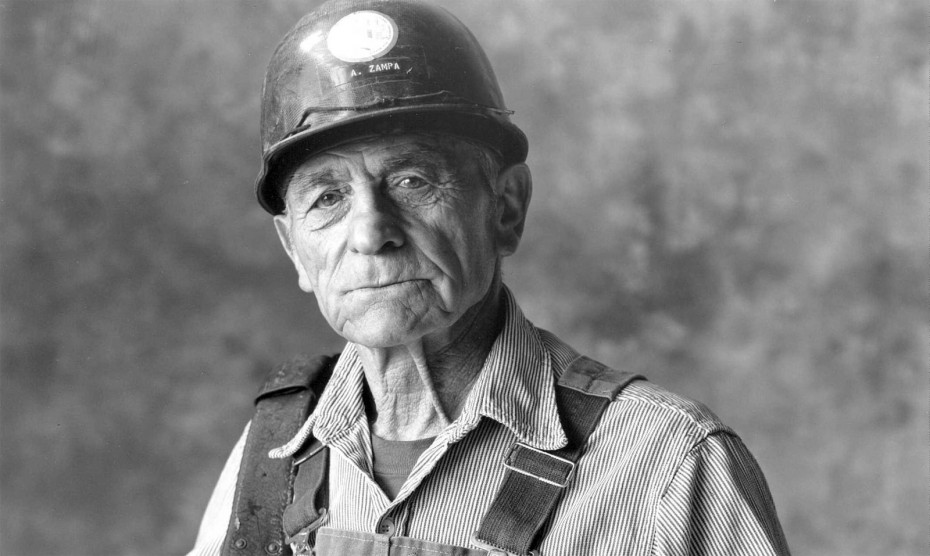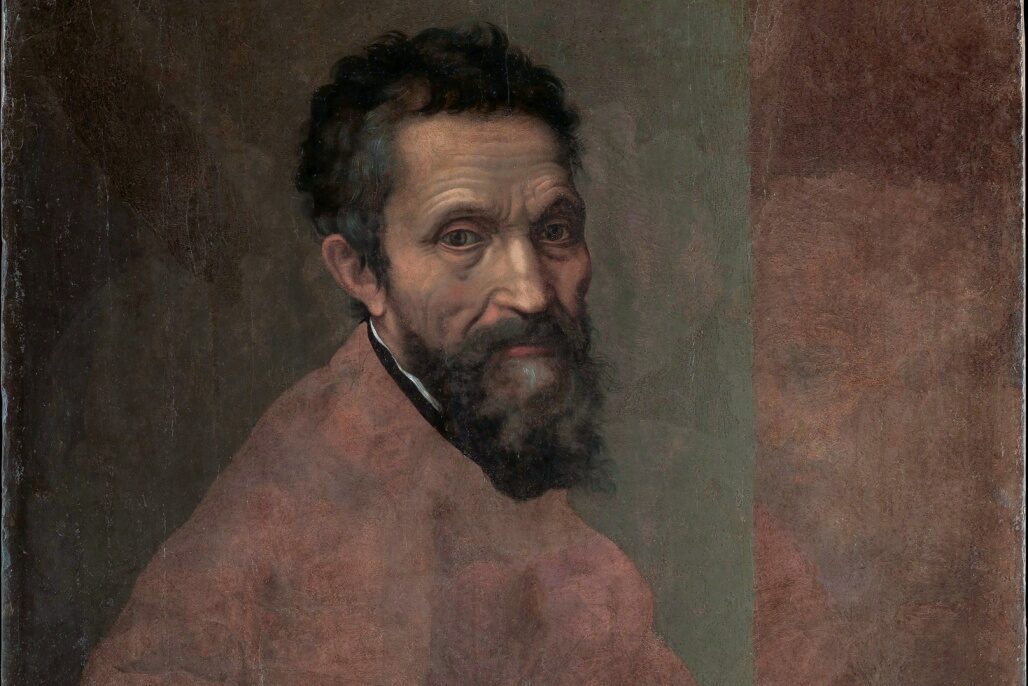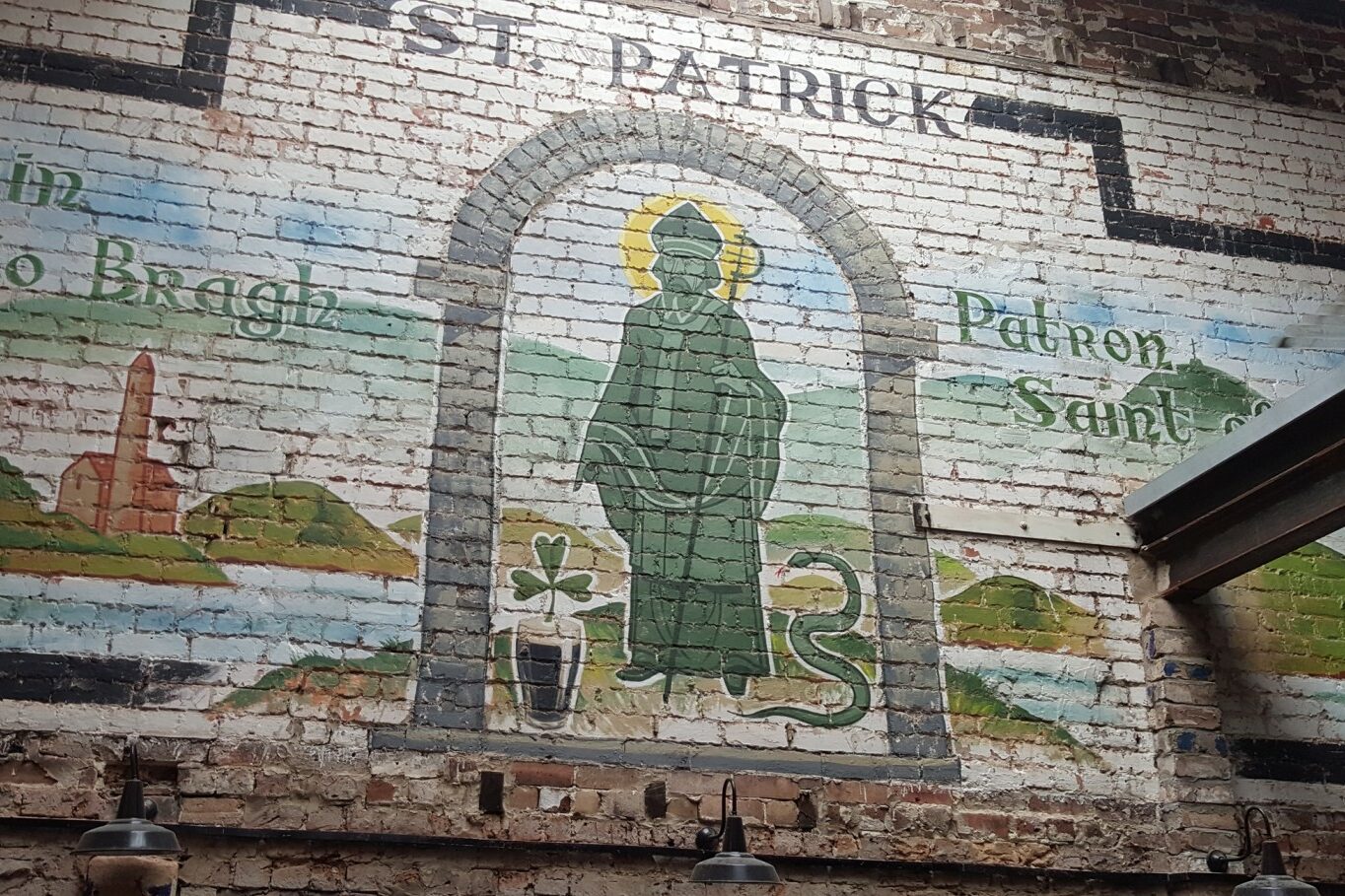Dear Readers,
An April assortment of Italian connections for you:
Pietro Di Donato was born in West Hoboken, New Jersey on April 3, 1911, to Abruzzese emigrants and died at the age of 80. He took up writing during a period in which he was an out-of-work bricklayer. His first story “Christ in Concrete” published 1937 in Esquire Magazine, dramatized the early death of his father in a construction accident.
Within two years, the story grew into a novel of the same name and became the main selection of the “Book of the Month Club”, chosen over John Steinbeck’s “Grapes of Wrath”. “Christ in Concrete” sold nearly 200,000 copies during its first few months, an incredible accomplishment for a first-time novelist, especially one who had never intended to be a writer.
The novel’s success placed him in a national spotlight. He took care of his brothers and sisters, traveled around the country, visited with the likes of Ernest Hemingway in Cuba, and spent money wildly. He saved just enough to start his own construction company.
At the beginning of World War II, Di Donato registered as a conscientious objector and worked in a government camp in Cooperstown, N.Y. In 1942, he married Helen Dean in a civil ceremony presided over by New York Mayor Fiorello H. La Guardia. They had two children.
In 1949 “Christ in Concrete” was made into a film directed by the blacklisted Edward Dmytryk and adapted for the screen. The film, titled “Give Us This Day” won an award at the 1949 Venice Film Festival.
Pietro Di Donato through his writing directed his characters’ rage at employers who exploit immigrant laborers and urged solidarity among American workers.
The U.S. Patent System was established on April 10, 1790. Italian American inventor Antonio Meucci, born in April 1808 in Italy, but living in Staten Island, New York at the time, filed his first papers for the teletrofono (telephone) in 1871 five years before Alexander Graham Bell.
Earthquake. San Francisco’s approximately 400,000 residents and its thousands of visitors, including Enrico Caruso, resting at the city’s dowager hotel, The Palace, after an operatic performance in Bizet’s Carmen were awakened on April 18, 1906 at 5:13 a.m. as an earthquake along the 200 mile San Andreas fault shook the city. A major jolt was followed by a secondary one and then aftershocks throughout the day. Although the catastrophe is known as the San Francisco Earthquake, the impact was felt in scores of communities from Fort Bragg to Salinas. Santa Rosa, 55 miles to the north, was almost entirely destroyed by the earthquake and fire. Severe damage was also done to Palo Alto and Stanford University. In San Francisco, thanks to loans, often on a hand shake, from A.P. Giannini founder of the Bank of Italy (later Bank of America), North Beach was one of the first neighborhoods to immediately start rebuilding from the rubble.
Paul Revere’s “Midnight Ride from Charleston to Lexington”, April 18, 1775. This son of liberty, his “cry of alarm” and the hurrying hoof-beats of his horse were immortalized in a poem by Henry Wadsworth Longfellow. Andrew M. Canepa, editor of the Piemontesi Nel Mondo Bulletin, said his research indicates that Paul Revere was an Italian descendent from the Piemonte region of Italy. Revere was born in 1735. He was one of the world’s great metal craftsmen and artisans, a pioneer manufacturer and industrialist. In 1801 he founded a major American company that is still alive and thriving today. The company is Revere Copper and Brass, Inc., and the founder was, of course, Paul Revere. Paul Revere’s house still stands in Boston’s North End.
Alfred Zampa, the California, Italian American iron worker honored with the building and dedication (2003) of the Alfred Zampa Memorial Bridge crossing the Carquinez Straits from Crockett to Vallejo, California, passed away April 23, 2000 at age 95. Zampa was the son of Emilio and Maria Giuseppe DiCristofaro Zampa, immigrants who traveled from Abruzzi, in Southern Italy, to Crockett, California. He was the first member of his family to graduate from high school and he began as an iron worker, building bridges in California, Arizona and Texas. In the early 1930’s, Zampa began work the “raising gang” on the Golden Gate Bridge in San Francisco. The “raising gang” was the first crew of bridge workers to erect pieces of the bridge, connecting the first screws and bolts of this famous structure. He became one of the elite “connectors”, a job which required agility and good balance.
In 1936, Zampa slipped off one of the beams and fell onto the net. The net sagged as he hit the cliffs below. The fall cracked three vertebrae in his spine and fractured his pelvis. He spent 12 weeks in St. Luke’s Hospital. He eventually returned to iron working in the Bay Area and worked on the Carquinez bridges. Both of his sons became iron workers and worked alongside their father.
St. Mark is the patron of Venice and his relics are preserved at the Cathedral of St. Mark. April 25 is his feast day. St. Mark is a man who might be called a secretary to Saint Peter, raconteur of wonderful stories about things that happened when Jesus was on earth, traveling around with his apostles. Mark wrote down things Peter said and is traditionally the author of the second Gospel. Buon onomastico to all readers named Mark or Marco on April 25th.
The parachute was first sketched by Leonardo da Vinci in his notebooks in the 1490’s. A compatriot Fausto Veranzio published a description of a workable parachute in 1595 and in the late 1790’s two men descended from air balloons via parachutes breaking a leg upon landing. April 27, 1919, a brave fellow leaped out of an airplane, testing the very first parachute that actually worked. He floated down through the sky and landed safely back on earth.






























